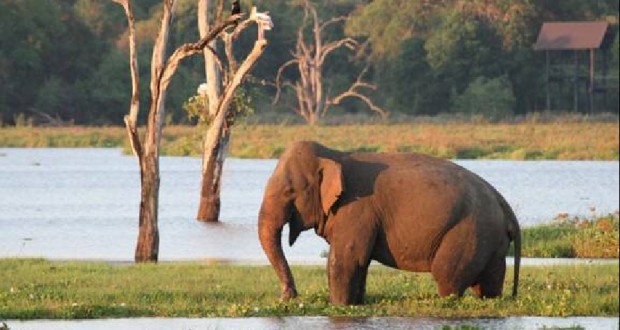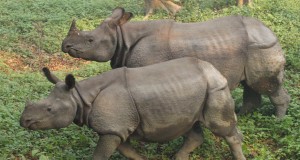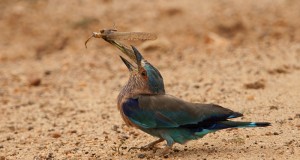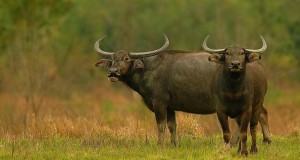Two of Sri Lanka’s most precious and purest gems do not lie hidden in that primeval gravel called llama that lies beneath the island’s layer of alluvial clay; they are found on the surface, spreading over a fair area of her ancient face in a rich and varied pattern. They are her jungle and its denizens.
In its area of 25,000 sq miles (65,000 sq km), Sri Lanka’s wild terrain varies 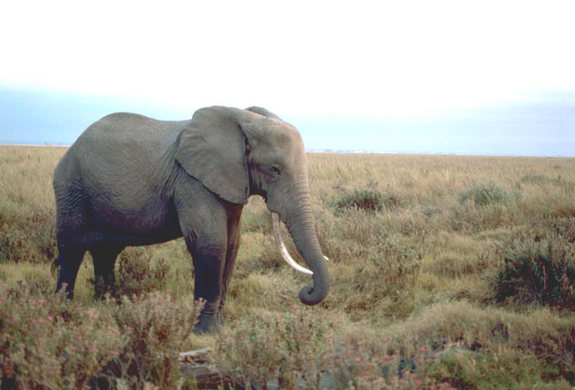 from primeval and deep secondary forests down to rolling thornbush plains and the mangrove swamps of the dry zone; from the floodplains of the Mahaveli basin, the home of the great marsh elephant, to the closely knitted steaming jungles of the wet zone and up to the lichen-covered beauty of the mist-draped stark montane forest. One-tenth of Sri Lanka’s entire land area is under the jurisdiction of the Department of Wild Life.The denizens, both feathered and furred, of this diverse habitat, from the treetops to the leaf-covered forest floor are varied and fascinating. Of her exciting endowment of birds, in excess of 425 different kinds, 251 are resident and the rest are migrant. Among the residents are 21 species and 81 subspecies that are endemic.
from primeval and deep secondary forests down to rolling thornbush plains and the mangrove swamps of the dry zone; from the floodplains of the Mahaveli basin, the home of the great marsh elephant, to the closely knitted steaming jungles of the wet zone and up to the lichen-covered beauty of the mist-draped stark montane forest. One-tenth of Sri Lanka’s entire land area is under the jurisdiction of the Department of Wild Life.The denizens, both feathered and furred, of this diverse habitat, from the treetops to the leaf-covered forest floor are varied and fascinating. Of her exciting endowment of birds, in excess of 425 different kinds, 251 are resident and the rest are migrant. Among the residents are 21 species and 81 subspecies that are endemic.
Sharing the treetops with the birds is an array of other creatures like the slender loris, five subspecies of monkeys (two of which are confined to the hills), two subspecies of giant squirrel and a flying squirrel. Treading the forest floor and plain are a single species of wild boar and four species of deer, the commonest of which is the “spotted” which is found in large numbers  in all the national parks.
in all the national parks.
Sri Lanka’s “big four” are the elephant, buffalo, leopard and bear, all except the leopard confined to the dry zone and the foothills of the wet zone. The leopard spreads into the hills also, where, in fact, it thrives. Confined to the floodplairis of the Mahaveli are the giant marsh elephants. It has yet to be established whether they are a subspecies or their stature is due to their environment.
In the annals of Sri Lanka’s wildlife, only two man-eating leopards have been recorded. The more famous Punani leopard was shot in 1923, after 20 known human kills.
Following the noble traditions of the ancient Buddhist kings, the Departmen t of Wild Life, backed by the State has launched a series of tough and costly measures to protect these untamed treasures against both wanton destruction and “inadvertent” destruction through shortsighted implementation of development projects.The greatest conservation efforts are being directed towards the elephant. A contiguous system of national parks, jungle corridors where possible, an updated conservation law, with severe penalties, and the translocation of “pocketed herds” to areas of better sustenance, are just a few aspects of this enormous program. These form the base for the overall plan for conservation of all wildlife in the island.
t of Wild Life, backed by the State has launched a series of tough and costly measures to protect these untamed treasures against both wanton destruction and “inadvertent” destruction through shortsighted implementation of development projects.The greatest conservation efforts are being directed towards the elephant. A contiguous system of national parks, jungle corridors where possible, an updated conservation law, with severe penalties, and the translocation of “pocketed herds” to areas of better sustenance, are just a few aspects of this enormous program. These form the base for the overall plan for conservation of all wildlife in the island.

